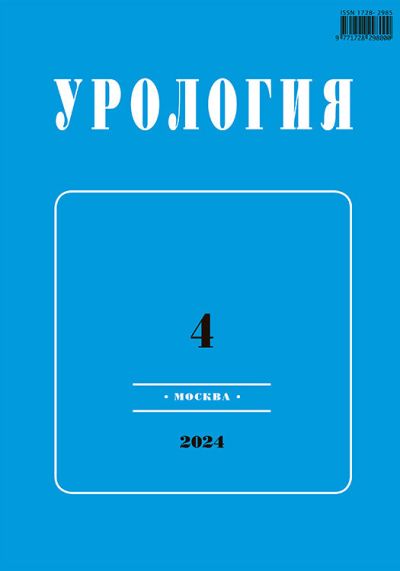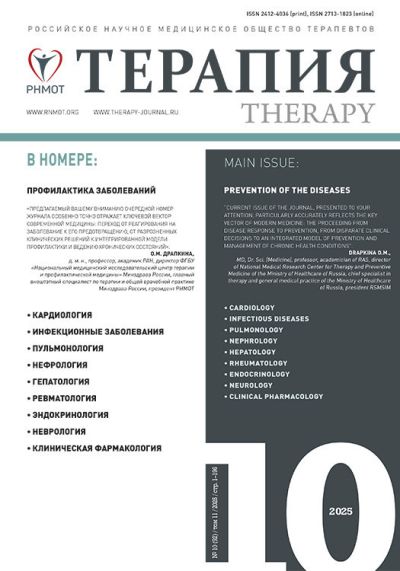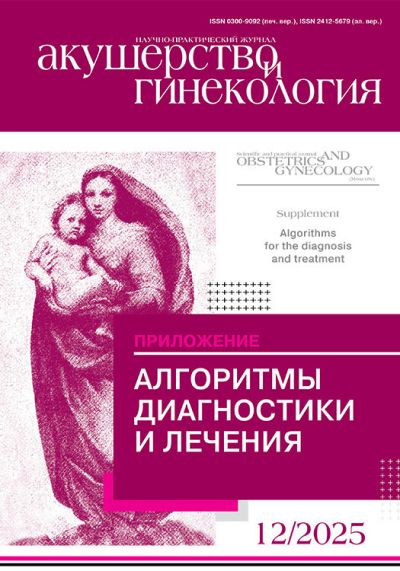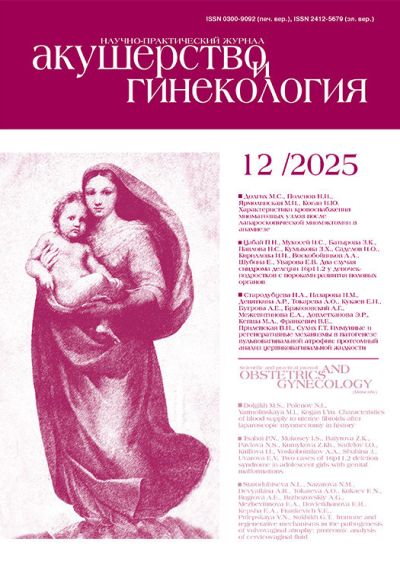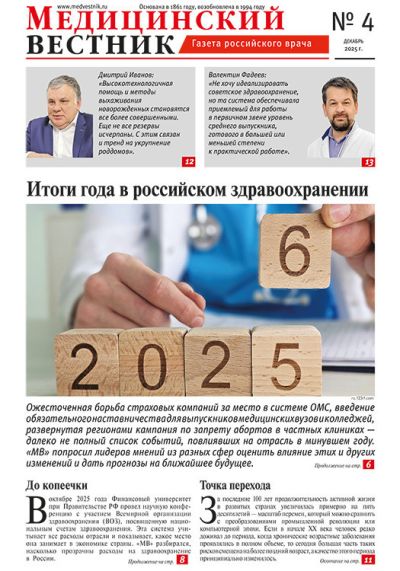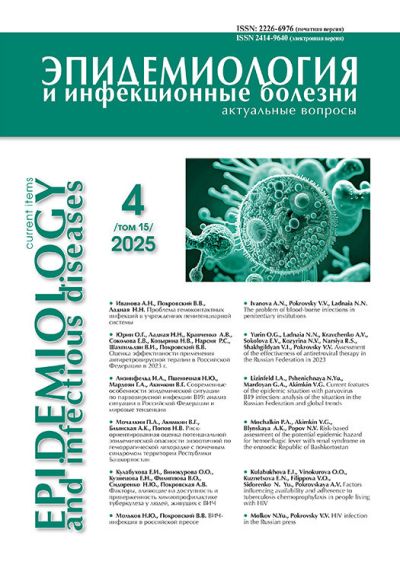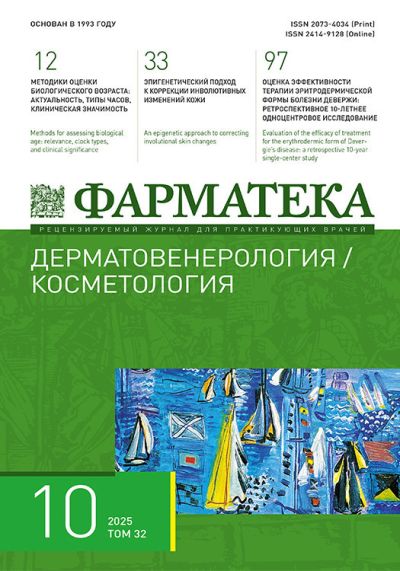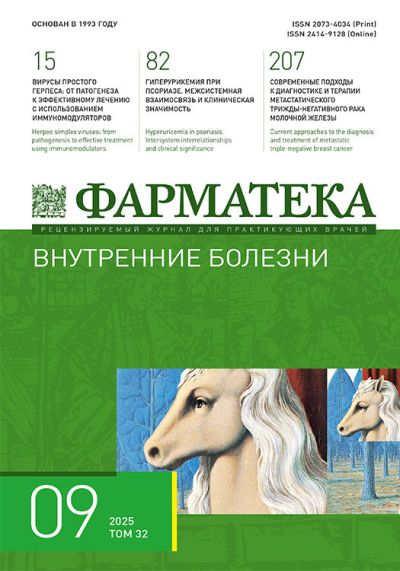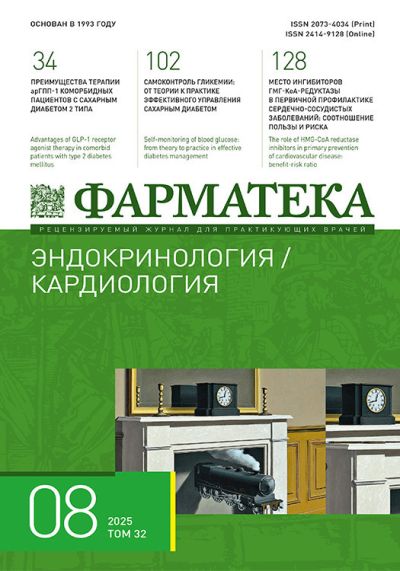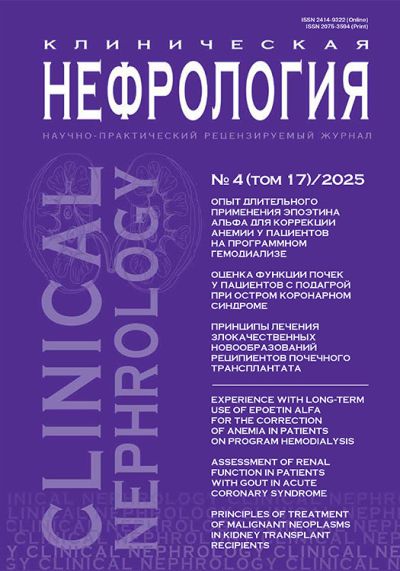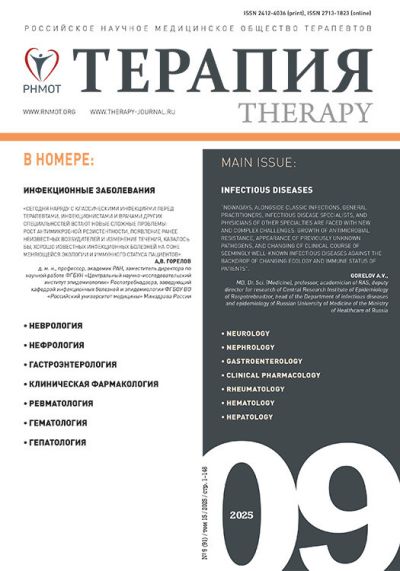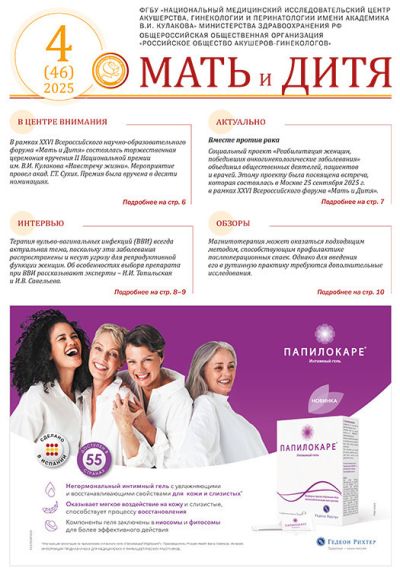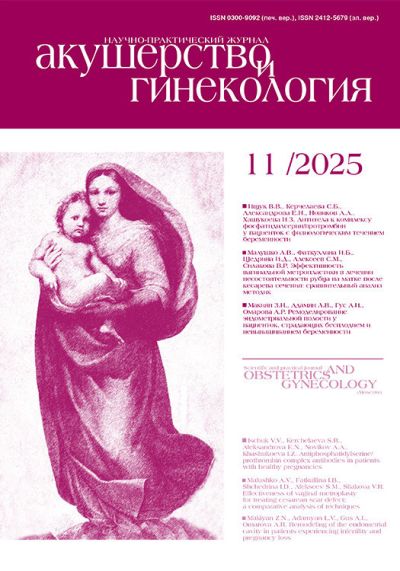Урология №4 / 2024
Промежностная fusion-биопсия предстательной железы под местной анестезией: исходы, описываемые пациентами, и объективные результаты. Одноцентровое исследование
1) Отделение урологии, клиника Султана Абдула Азиза Шаха, Университет Путра, Серданг, Селангор, Малайзия;
2) Кафедра урологии, факультет медицины и медицинских наук, Университет Путра, Серданг, Селангор, Малайзия
Цель. Сравнить переносимость и информативность трансректальной и промежностной биопсии предстательной железы (ПЖ) под местной анестезией, а также функциональные результаты и профиль осложнений.
Материалы и методы. Проспективное когортное обсервационное исследование пациентов, которым проводилась биопсия ПЖ под местной анестезией. Во время биопсии применялась визуальная аналоговая шкала (ВАШ). Для оценки симптомов использовали шкалы IPSS и МИЭФ перед биопсией и через 14 дней после нее. Кроме того, фиксировались осложнения каждой биопсии.
Результаты. Всего в исследование включено 128 пациентов, по 64 в каждой группе. Показатели интенсивности болевого синдрома были сопоставимы в обеих группах. Медиана интенсивности боли в группе промежностной биопсии составила 2 балла, а трансректальной – 3 балла (межквартильный размах = 2, диапазон 0–10 в обеих группах); различия между группами отсутствовали (p=0,48). Кроме того, не описано различий в показателях мочеиспускания (p=0,68) и сексуальной функции (p=0,19). Частота осложнений также была сопоставима в обеих группах. Инфекции мочевыводящих путей развивались редко (p = 0,21). Ни у одного из пациентов после биопсии не развился сепсис. В обеих группах наблюдалась острая задержка мочи, частота которой была несколько выше в группе промежностной биопсии (9,4%, n=6, и 6,3%, n=4; p=0,112). В обеих группах часто встречалась гематурия – в 66% и 69% случаев после промежностной и трансректальной биопсии соответственно. Во всех случаях гематурия разрешалась самостоятельно и относилась к I степени осложнений по шкале Clavien-Dindo без различий между группами (p=0,589).
Выводы. Результаты нашего исследования свидетельствуют, что промежностная и трансректальная биопсия ПЖ одинаково переносятся пациентами и не отличаются по функциональным результатам или профилю осложнений. Необходимо провести дополнительные исследования, чтобы подтвердить эти результаты.
Introduction. Prostate adenocarcinoma is the second most common cancer in men and prostate biopsies are required to establish the diagnosis of prostate cancer. The vast majority of prostate biopsies are still performed using the conventional transrectal (TR) approach [1]. However, in recent years transperineal (TP) approach has gained popularity due to the avoidance of passing the biopsy trocar through the rectum into the sterile field of prostate. The TR approach could cause the inoculation of rectal bacteria into the bloodstream leading to septicemia. TR biopsy sepsis can be life-threatening with a reported mortality rate of 0.13% [1, 2].
Furthermore, the standard practice of giving prophylactic antibiotics, typically fluoroquinolone has led to increasing multi-drug resistant bacteria causing a higher post-TR biopsy infection rate [1, 3]. Hence, TP approach was developed to overcome these problems. Numerous studies have reported the risk of sepsis in TP approach is almost negligible, 0–0.2% as the access is through the clean perineal skin [4, 5]. However with presence of medical comorbidities, particularly diabetes, metabolic syndrome or immunocompromised patients are independent predictors of increasing risk of sepsis [6].
Post-prostate biopsy bleeding, voiding dysfunction, and pain are common but not clinically significant and rarely bothersome. There are patient-related factors (comorbidities, use of antiplatelet/anticoagulants, prostate volume, anxiety) and procedure-related factors (techniques, number of cores) may influence these complication rates [7]. Rectal bleeding, hematuria or hematospermia has been reported with rates ranging from 2–84%, with bleeding lasting for more than 3 days reported in 22.6% of cases. However, severe bleeding requiring hospital admission was <1% [8].
Few data reported the post-biopsy related worsening of lower urinary tract symptoms is common ranging from 6–25% [7, 8]. These symptoms are usually transient with reported return to baseline within 6 week. Acute urinary retention rate is reported to be higher in TP approach ranging from 1.7 to 11.1% [9]. However, its self-limiting which may or may not require catheterization.
Post-biopsy transient erectile dysfunction was also reported with complete recovery after 1–3 months [10]. Some studies have shown that 34% of patients with no ED at baseline before the procedure had a decrease in the International Index of Erectile Function (IIEF) score at 1 week [11].
The detection rate of clinically significant cancer in the TP approach is at least equivalent to TR biopsy and various studies have shown that TP biopsy offers better yield in the tumor located anteriorly [12].
TP prostate biopsy is associated with a higher pain score due to the approach through the highly sensitive perineal skin and exaggerated lithotomy position during the procedure, therefore this approach is usually performed under regional or general anesthesia. However, many studies have shown TP approach is generally well tolerated under local anesthesia by most patients with more than 90% of patients able to complete the procedure and would recommend this procedure to other patients [13]. Pain may arise in different steps of the procedure such as probe insertion and manipulation, during infiltration of local anesthesia to the perineal skin or periprostatic block and during sampling of the prostatic tissue [8]. Hence various techniques were suggested for optimal pain control during and after the procedure to achieve the best outcome of biopsy yield and improve patients’ acceptance of this procedure.
In Malaysia, TP prostate biopsy is not widely performed as TR approach owing to the relatively high technical difficulties and lack of equipment. Many centres that performed TP prostate biopsies were done under general or regional anesthesia as the main concern of this approach is pain. Hence, the urology department of Hospital Sultan Abdul Aziz Shah UPM would like to prove that TP approach can be done under local anesthesia with at least an equivalent cancer detection rate and lower infection-related complications when compared to TR biopsy.
Methodology. A prospective study with 128 of total patient were recruited to receive prostate biopsy at our centre Hospital Sultan Abdul Aziz Shah UPM from March 2021 to December 2022.
A total of 128 patient are eligible were included. Sixty four patients were taken into each arm. All patient enrolled in this study were given writing and informed consent. All data regarding procedure and medical data were collected and analyst. Main Inclusion criteria including abnormal digital rectal examination, elevated PSA level above 4ng/mL, not catheter-dependent patient regardless patient had previous experience of biopsy in difference center before and any patient with previous history of prostate cancer before that required repeated biopsy (active surveilliance). For exclusion criteria, any patient who are not able to tolerate local ana...
1%>